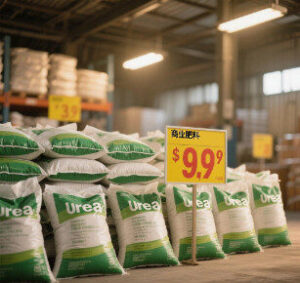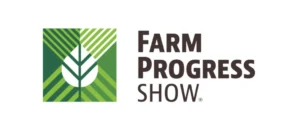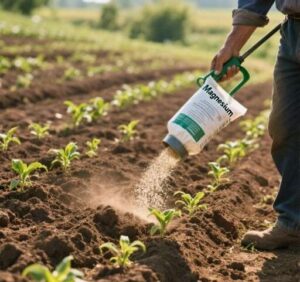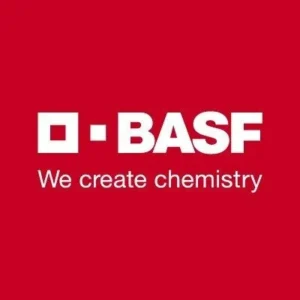American agriculture is facing a worsening financial storm as farmers navigate record-high fertilizer costs paired with plummeting crop prices, pushing many to the brink of unsustainable losses. Research from the University of Illinois reveals alarming figures: fertilizer expenses now account for 40% of corn production costs and 28% for soybeans, making input costs a critical burden for growers. As farmers work to maintain their financial stability, the National Corn Growers Association (NCGA) has collaborated with 25 state-level corn grower groups to express their concerns. They have sent an urgent letter to key US officials, including Trade Representative Jamieison Greer, Commerce Secretary Howard Lutnick, and Agriculture Secretary Brooke Rollins. In this letter, they are demanding immediate action to address the significant increase in fertilizer prices.
According to NCGA economist Krista Swanson, key fertilizer prices remain significantly elevated compared to historical averages. Phosphate (DAP & MAP) is 40% above the 10-year average, anhydrous ammonia is 20% higher, potash is 11% more expensive, and UAN-32 (nitrogen solution) has surged 37% since January. Concurrently, corn prices have experienced a significant decline, with a 14% decrease since early 2025 and a substantial 50% drop since 2022. Shrinking profit margins are a pervasive issue, with the NCGA cautioning that projected losses could surpass $100 per acre this year due to elevated input costs alone.
Farmers attribute a significant portion of the cost crisis to trade policies, specifically blaming anti-dumping and countervailing duties on fertilizer imports. These tariffs, intended to protect domestic industries, have had unintended consequences, resulting in a 9% and 10% increase in MAP and DAP retail prices, respectively, in 2025. The NCGA’s letter asserts that these measures are significantly impacting profitability and requests that the Trump administration reevaluate and potentially adjust trade policies to alleviate the burden on farmers.
While farmers are facing challenges due to input-cost inflation and depressed grain prices, Nutrien Ltd., the world’s largest potash producer, is offering a contrasting perspective. Despite the current market challenges, Nutrien has revised its full-year sales forecast upward, anticipating sales between 13.9 and 14.5 million metric tons, an increase from previous estimations of 13.6 to 14.4 million tons. CEO Ken Seitz expresses a positive outlook, attributing this growth to several factors, including a projected corn planting rebound to 91–93 million acres in 2025, improved crop conditions (as reported by the USDA, indicating the best corn and soybean growth in years), and farmers increasing fertilizer use to replenish soil nutrients in the aftermath of drought recovery.
This discrepancy paints a stark picture: while US farmers are grappling with input-cost inflation and depressed grain prices, Nutrien and other fertilizer firms are reaping profits from tight global supplies and resilient demand. Analysts have observed that potash prices, while rising, remain comparatively more affordable than phosphate, which has experienced more substantial increases. The increasing disparity in this area raises concerns about the long-term viability of American farming in the context of global market dynamics.









